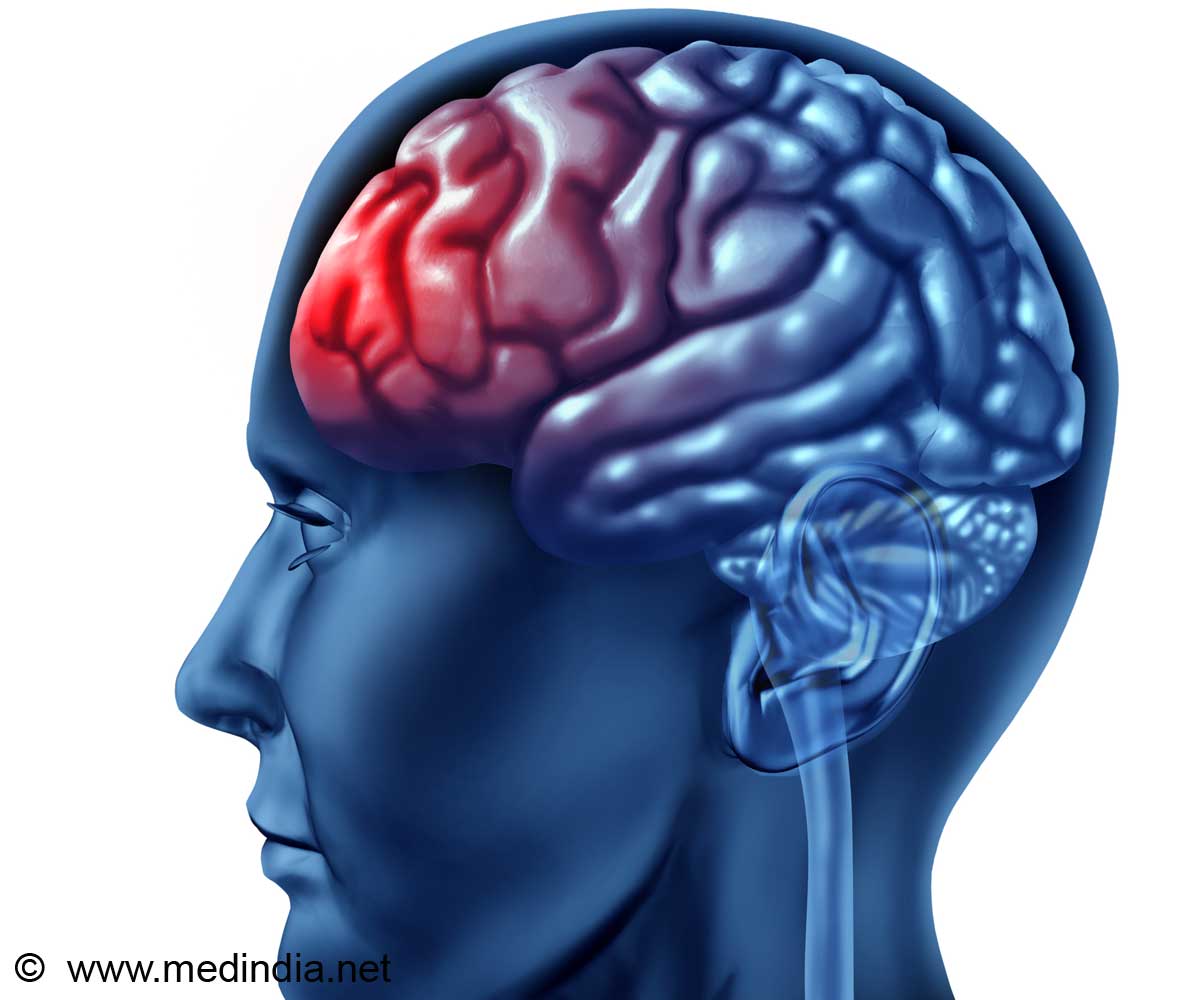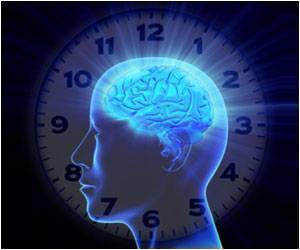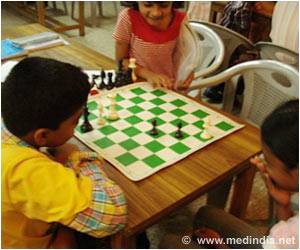
"For decades, the theory was that you use your motor imagination," Shivakumar Viswanathan, who conducted the study with University of California Santa Barbara colleagues Courtney Fritz and Scott T Grafton said.
Participants in the study couldn't see their own hands, which were held palm down. They saw hand shapes tilted at different angles, with a coloured dot on them indicating a palm-up or down posture.
One group of participants saw the shape first and then the dot; and the other, the dot first. Participants in both groups put the shape and dot together mentally and indicated which hand it was by pushing a button with that hand.
However, when the shape and dot were shown simultaneously, participants in the first group felt movements of their right hands when seeing a left hand and vice versa; the other group always felt a movement of the correct hand.
This behavioural difference (which experimenters gleaned from response time) was due to differences in participants' perception of the seen hand -establishing that an earlier sensory process made the decision.
Advertisement
Judging laterality is "a low-level sensory problem that uses processes that bring different senses into register"- a process called binding, Viswanathan said.
Advertisement
But "this feeling of moving only comes after you already know which hand it is."
The study will be published in Psychological Science, a journal published by the Association for Psychological Science.
Source-ANI









